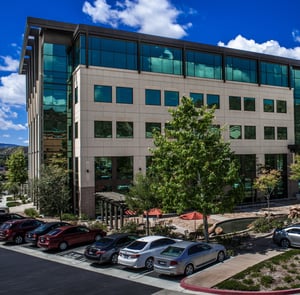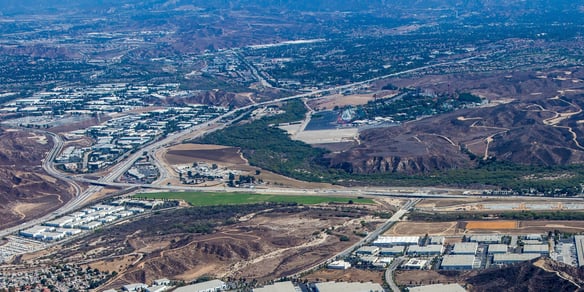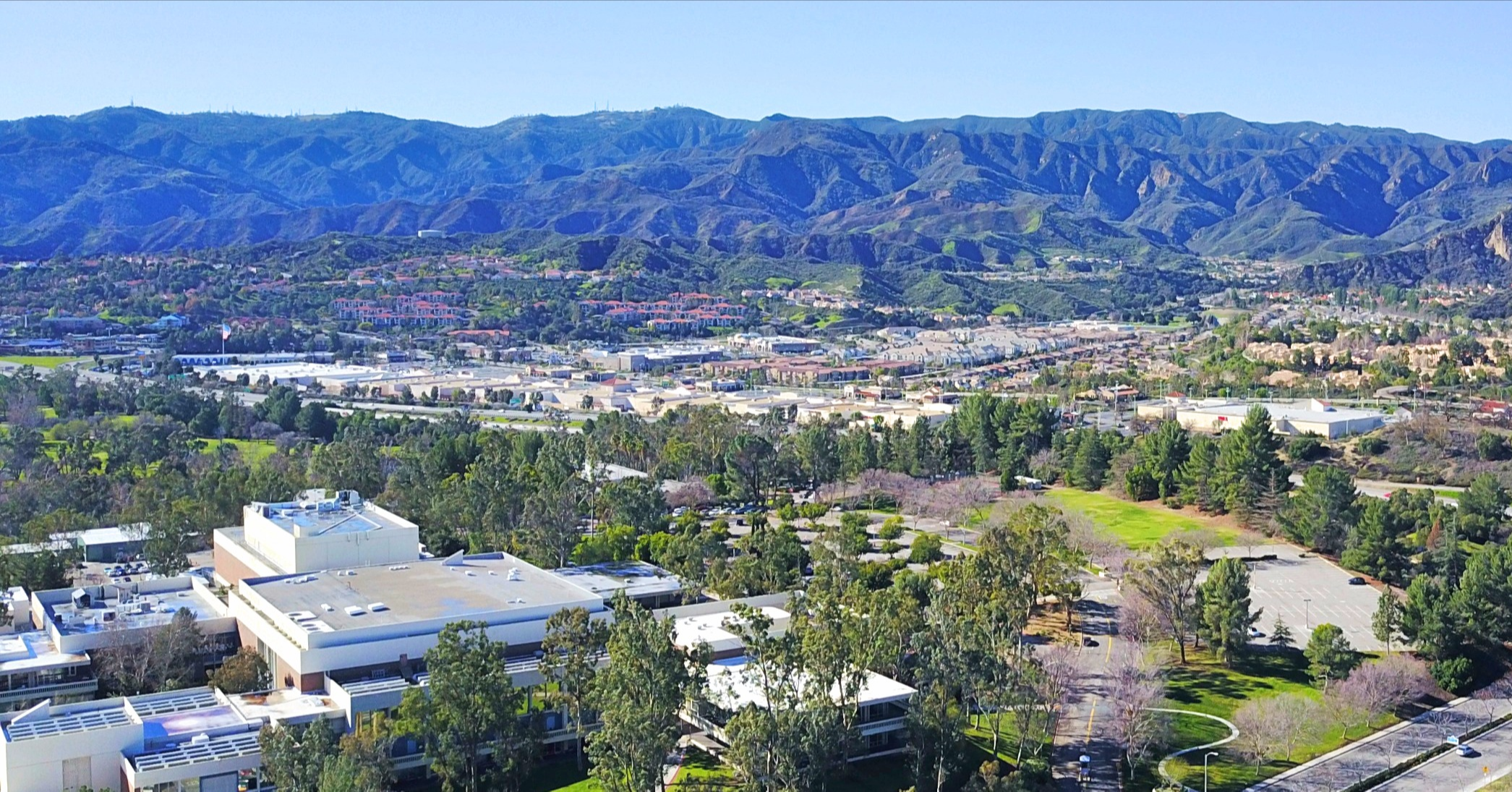
A Smart Growth Checklist for Small to Mid-Sized Companies
Congratulations! After months (or maybe years) of hard work, your business is continuing to spread its wings and is ready to leave the proverbial nest.
The financials look good and your forecast is strong. You may still be hiring as operations grow.
The company needs a new place to call home, and there are plenty of options. Time to just pick one and move in, right? A building is a building is a building – what could possibly go wrong?
Oh, so many things. Not to be alarmist, but there’s smart growth, and there’s not-so-smart growth. One of those is distinctly better for your bottom line, and which kind your business experiences will be determined heavily by where you decide to grow your business.
Before you figure on a place to land outside the nest, take a gander at the following checklist:
1. Consider What You Need
This item informs all the others, so really think about it. Growth isn’t just about having more space, it’s about having a space that does more for you and your team. What does your company really need to thrive?
- Access to major roads / public transportation?
- Better utility service?
- Higher clear heights?
- High-speed internet?
Profitability is not just dependent on increasing sales or decreasing costs.Facility effectiveness is often a major factor in calculating a business’ bottom line.
2. Survey Your Employees
You’re not in this alone. A move to a new location will affect each of your employees in a different way – especially if you plan on setting up shop in an entirely different area code.
Are your employees willing to commute? Move? If so, think about where you’re asking them to re-locate.
- What housing options are available?
- How do home prices compare to where employees are living now? What about rental prices?
- What about the overall cost of living?
- How is the education system?
- What about safety? Culture? Quality of life?
And don’t forget – you may have to pay a moving allowance to get your employees to budge.

3. Investigate the Labor Market
Every business has employees leave (whether related to relocation or not). The days of the company man, of employees who spend their whole career with one entity are more or less past us.
When employees leave, your talent pool for filling the vacant positions will be determined somewhat on the area you set up shop (or who’s willing to commute/move to that area). Consider:
- How’s the unemployment rate?
- How’s the talent pool? Are there enough skilled workers to produce what you need?
- What about education? Does the area produce enough skilled labor to fill your needs 10 years from now?
4. Assess the Fiscal Health of the Community
The local economy is a good indicator of what your business is in for. It weighs on everything from taxable income to talent pool to available customers.
- Are local businesses thriving, or closing?
- How are the roads and bridges?
- Generally speaking, is rent increasing? Is it increasing too fast for people to reasonably afford?

5. Plan Ahead
Start searching for options at least 6 months before your existing lease expires. Give yourself enough time to consider your options, so you’re not rushed into a decision you’ll later regret.
6. Find a Broker to Represent You
No, really, find a broker. They’re eminently helpful – it’s their job to be. They can help answer any questions you have during the process, and are connected, influential, and supportive in finding the right location (already established, breaking ground, or completely custom upon developable land) to meet all your needs.
7. Connect with Local Economic Development Organizations
Speaking of supportive…
Local economic development organizations exist to help grow their local economy, and they do it by helping you grow your business. They’ll have robust data on demographics, government incentives, and other local resources that can benefit you tremendously. Take advantage of this one-stop shop so you don’t end up leaving any advantageous opportunities on the table!
Remember that not all growth is created equal. If you want to be smart about how your business progresses, you’ll need to carefully consider where your business progresses.
If you are wondering if the Santa Clarita Valley could be the right location for your business, DOWNLOAD OUR RELOCATION GUIDE to learn more. Now jump out of that nest and fly!
The Santa Clarita Valley Economic Development Corporation (SCVEDC) is a unique private / public partnership representing the united effort of regional industry and government leaders. The SCVEDC utilizes an integrated approach to attracting, retaining and expanding a diversity of businesses in the Santa Clarita Valley, especially those in key industry clusters, by offering competitive business services and other resources.
.png?width=1198&name=EDC_cmyk_orange-white%20horizontal.F%20(1).png)




